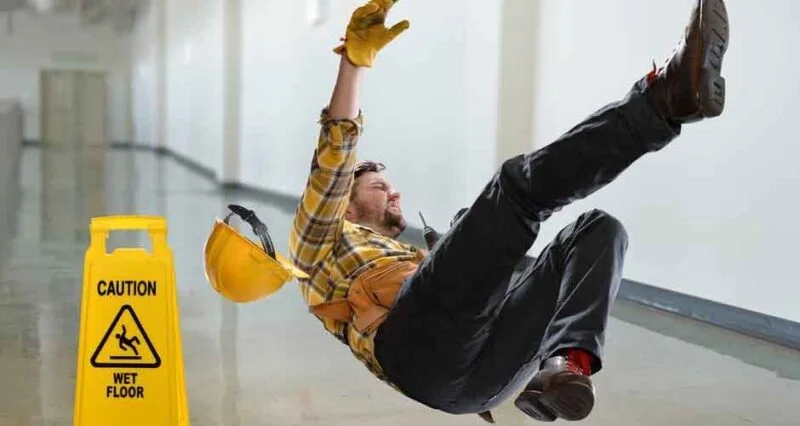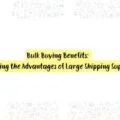
Pearland, Texas, a city that marries the hustle of a growing metropolitan area with the heart of a tight-knit community, is home to a diverse array of public and private spaces, from bustling shopping centers to serene residential neighborhoods. As Pearland continues to expand, the safety and well-being of its residents and visitors in these spaces become paramount, especially concerning incidents like slips and falls.
Accidents involving slips and falls can happen in various settings, whether in public areas or private homes. When these incidents occur due to unsafe conditions on someone’s property, the city’s residents often suffer physical harm and emotional trauma. In such situations, it is crucial for people to have a grasp of landlord responsibilities and the obligation that property owners have to ensure the safety of visitors. This article aims to provide insights into the many different aspects of slip and fall cases from the victim’s viewpoint.
Defining Premises Liability: Identifying Accountability
Premises liability pertains to the responsibility of property owners or occupants to keep their premises safe for visitors or guests. Property owners are obligated to maintain a safe environment for those who enter their premises by ensuring there are no hazards. In cases of slip and fall incidents, it is essential for those involved to establish who may be held accountable legally. The responsible party could be either the property owner themselves or an occupant, depending on factors such as ownership status, lease agreements, maintenance arrangements, or shared responsibilities in specific instances.
Understanding Negligence: Crucial Element in Slip and Fall Claims
Negligence plays a major role in determining liability for slip and fall accidents. There are certain elements that need to be established to prove negligence:
- Duty of Care: The individual who got injured must show that the property owner had an obligation to ensure a safe environment for them.
- Breach of Duty: It must be proven that the property owner failed to meet their duty by not exercising care in the given circumstances.
- Causation: There must be a link between the property owner’s breach of duty and the injuries sustained by the victim.
- Damages: Lastly, there should be damages resulting from the slip and fall incident, such as treatment costs or lost earnings.
Identifying Common Causes of Slip Hazards
In order to strengthen a slip and fall case, it is crucial to recognize the causes of these accidents. Slip and fall hazards can vary depending on the location. Some common factors include:
- Wet or Uneven Surfaces: Hazardous conditions can arise from substances like spilled liquids and freshly cleaned floors. Moreover, uneven surfaces or damaged flooring can contribute to slips and falls.
- Lack of Warning Signs: Property owners are responsible for alerting visitors about any slip and fall dangers on their premises. Failing to put up caution signs near slippery surfaces or other hazards creates an unsafe environment.
- Lack of Adequate Lighting: Insufficient lighting can create challenges for people to spot dangers, like obstacles, changes in elevation, or risky walking zones.
- Improper Maintenance: Property owners who neglect maintenance and repairs put visitors at risk. This negligence may involve ignoring handrails, loose floorboards, or missing stair treads.
What to Do After a Slip and Fall Accident
If you or someone you know has experienced a slip and fall incident on another person’s property, it’s important to take action to safeguard your rights:
- Seek Medical Help: Ensure your health by seeking assistance for any physical injuries sustained during the slip and fall event.
- Record Incident Details: Preserve evidence by taking photos of the accident scene, capturing any hazards caused by negligence, and obtaining witness statements if feasible.
- Report the Incident: Inform the property owner or responsible individual about what happened before departing the premises.
- Retain Relevant Items: Hold onto any footwear, clothing, or personal belongings linked to the incident as proof for your case.
- Seek Legal Counsel: Seek guidance from a personal injury lawyer specializing in premises liability cases. They can assist you with processes ensuring your rights are safeguarded and that you are fairly compensated for any injuries you have sustained.
Conclusion
By understanding the obligations of property owners in slip-and-fall incidents, individuals empower themselves to pursue fairness and justice. It is vital to navigate the terrain carefully, gather evidence diligently, and seek the guidance of a skilled personal injury lawyer to enhance the chances of a positive resolution. Remember, being informed about your rights promotes accountability among property owners and contributes to preventing accidents in the future.


